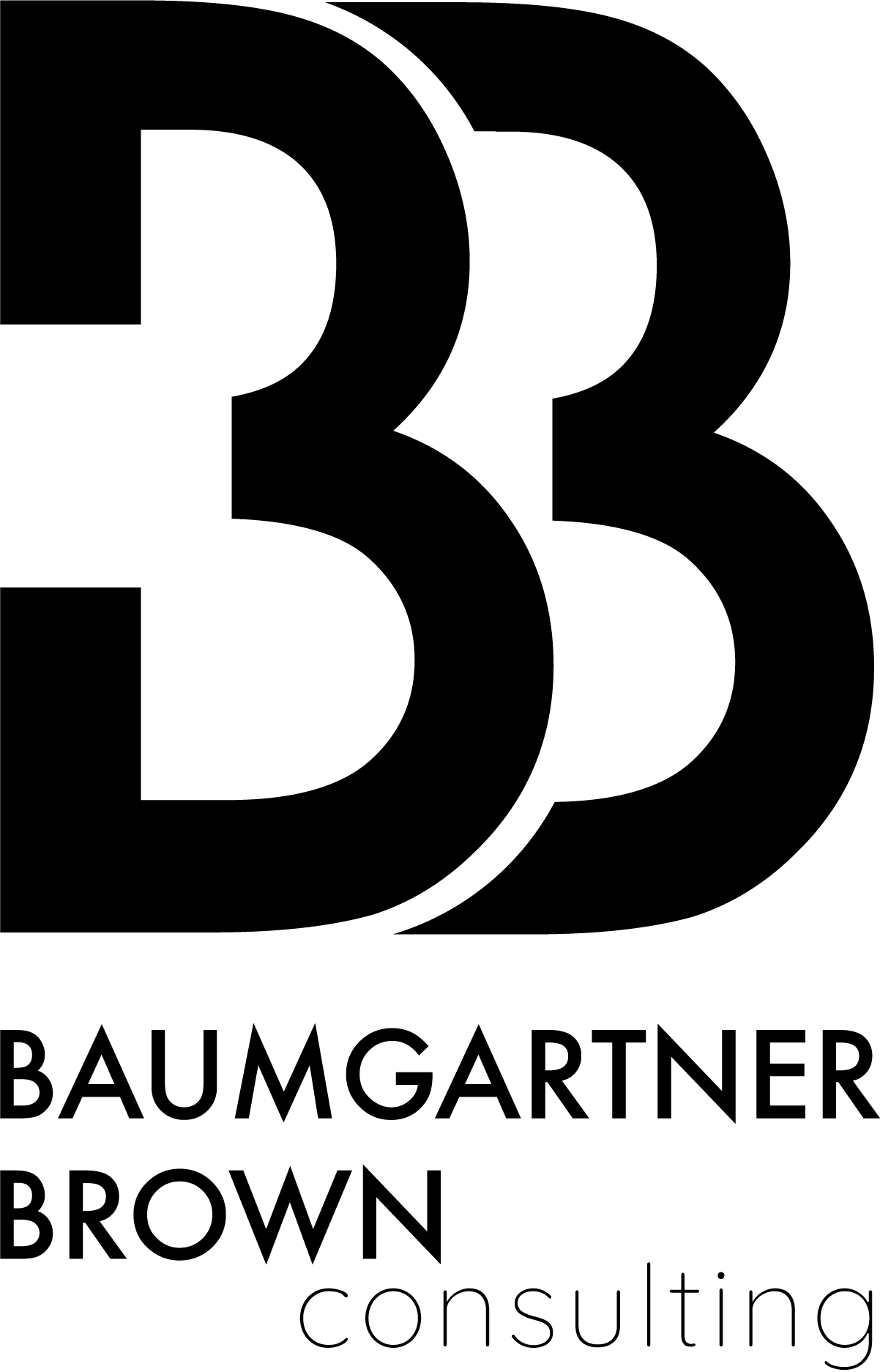People, processes and kerfuffles.
You know that feeling, right? You’re in the middle of a project or just crazy day-to-day operations, or a disagreement of monumental proportions about how to proceed on some less-then-monumental issue and the little voice in your head whispers (or screams), “Why is this so hard?”.
It’s a real kerfuffle.
And it can be difficult to know just how to proceed.
I’ve been in a few kerfuffles and I’ve learned something important.
It’s a people problem. Or it’s a process problem. And yes, it can be a bit of both, but almost always, one comes first and leads to the other. Honestly asking, and honestly answering, “People or process?” can move us along to solutions much more quickly and successfully than throwing a hundred solutions at the wall and hoping something sticks.
When we assign the wrong reason for a problem – like blaming a person when something goes wrong when it is, in fact, a process flaw that’s causing the snafu – that’s a fundamental attribution error. Attributing the blame to the wrong source.
And we can burn up a lot of time trying to fix something that isn’t the problem. It is sometimes, sad to say, so much easier to just blame a person than really look for the process disruptions that cause people, individuals who are putting real effort into their work, to fail.
The annual appeal letter doesn’t get out on time (do they EVER actually get out on time?) and we’re pulling out the guillotine so heads can roll. But if our approval process for getting that letter out is so convoluted and depends on making difficult internal connections, perhaps we need to build some air and space into that process – like cutting out a layer or two of approval – so that the folks with the responsibility can move on ahead.
If our fundraising event always seems like a last-minute fiasco, where are the breakdowns occurring? Did the plans seem solid at the beginning and then come unglued because a staff member (or volunteer) dropped the ball? Or was the process flawed from the beginning, leaving us with a whole committee flailing to fix the irreparable right from the start?
Wrong processes can be difficult to fix unless we’re able to all be honest with each other and avoid assigning “people” blame while we work through the difficulties. Making small changes can often yield amazingly good results but identifying where those small changes need to take place requires thoughtfulness and wisdom. We’ve got to put our on Sherlock Holmes persona (definitely picturing Benedict Cumberbatch rather than Basil Rathbone here) and really look for the clues. “Where, exactly, did this start to go wrong?”.
And here’s another thing I’ve also learned – if we ask the people on our teams who do the jobs every day, they already know where some of the problems originate. I’ve been amazed at how often, when I’ve said with great exasperation, “Why is this so #@%! hard!” somebody in the organization actually already knows the answer. I admit it takes some humility to listen while a team member outlines why the process I thought was simply magical is simply making people crazy.
I tend to look for process problems first because if the processes are messed up, almost everybody can appear to be a people problem. The best team members can look (and actually be) unable to perform if the processes are leaving them with one hand tied behind their back, or stuck in uncertainty about their authority and autonomy, or too dependent on the work of others to complete their own satisfactorily.
Sometimes, though, people problems really are people problems. If we’ve made thoughtful, productive process changes and our path to success continues to have roadblocks, it’s most likely time to start looking at the individuals who haven’t been able to embrace the changes and keep reverting back to the practices that were tripping us up.
People problems. We can either invest in bringing people along as we improve and evolve, or we invest in helping them move on to a better place for them. What we can’t do, if we’re stewarding our work well, is allow them to roadblock progress and keep us functioning at a high level of frustration. We also can’t allow them to force us to continually try to adapt processes to their level of work.
So we fix our ineffective processes, identify the people who can’t (won’t) shine as we move forward, and let the continual evolution push us forward.
People or process? Start there.
